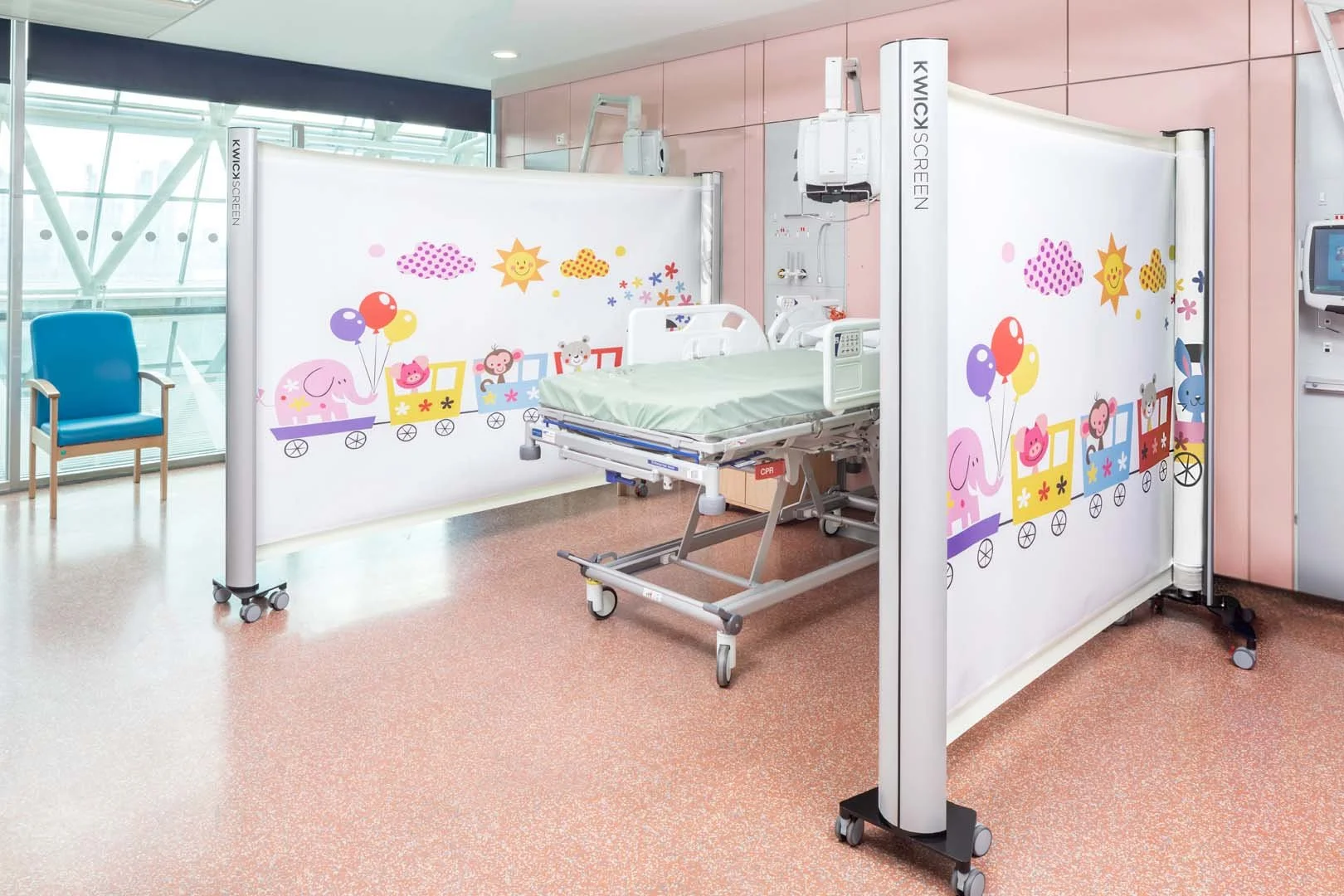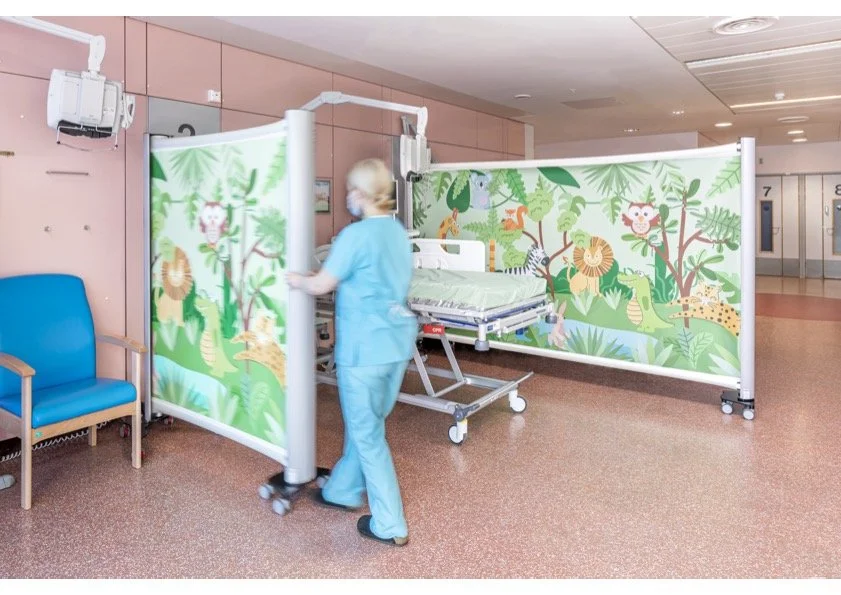Designing Better Pediatric Environments in Healthcare
Experiencing pediatric healthcare often involves feelings of anxiety and discomfort, particularly for children, adolescents, and accompanying adults who grapple with the unknown. These reactions are entirely natural and warrant consideration in the design of pediatric care spaces.
A recent study conducted by our partner Steelcase Health delved into understanding the unique needs of pediatric patients, aiming to create engaging and comforting environments. The study highlighted three crucial requirements for effective pediatric healthcare:
Engaging Curiosity in Unfamiliar Settings:
Pediatric patients are notably stressed in unfamiliar healthcare settings, leading to heightened feelings of helplessness and fear. Recognizing the impact of the environment on emotional responses, the study emphasized the importance of engaging young patients in their surroundings to minimize anxiety and foster a sense of control.
Incorporating Movement and Sensory Experiences:
Acknowledging that staying still is unnatural for children, the study emphasized the therapeutic benefits of active play in reducing anxiety. Research indicated that ample play is linked to lower cortisol levels, providing a natural way to alleviate stress and enhance understanding of the surroundings.
Tailoring Environments to Ages and Abilities:
Aesthetic choices matter, as spaces that appear too "babyish" may not appeal to older children and teenagers. Recognizing diverse needs, the study highlighted the importance of providing age-appropriate and size-appropriate furniture to cater to the preferences and comfort of different age groups.
We can translate these findings into actionable design principles for creating innovative and effective pediatric healthcare spaces:
Encourage Play and Positive Distraction:
Integrate furniture that promotes curiosity and mobility, along with interactive resources for positive distraction.
Design for a Variety of Ages:
Implement age-appropriate and size-appropriate furniture, extending comfort to both children and adult family members. Different age groups would also be inspired by different kinds of artwork. In KwickScreen’s Image Catalogue we have two pediatric collections, one designed for ages 0-5 years and the other for 5+ years.
Incorporate Natural Elements:
Introduce elements of nature, such as biophilic prints and natural light, to uplift moods and minimize anxiety.
Be Flexible:
Emphasize the value of flexibility in furniture and space design, empowering patients and families to adapt environments to their changing needs.
In conclusion, the research underscores the need for a thoughtful and adaptable approach in designing pediatric healthcare spaces, aiming to create environments that genuinely support the well-being of young patients and their families.



